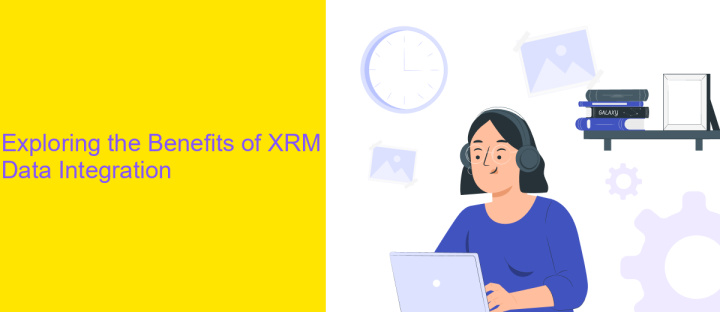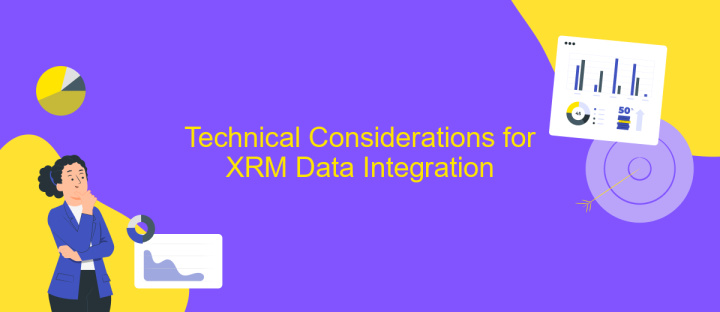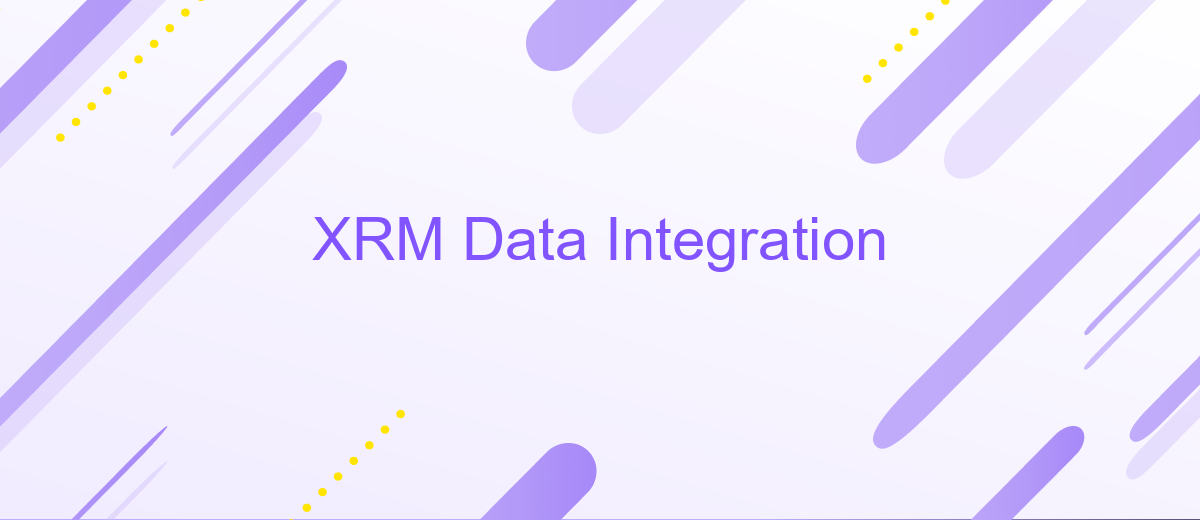XRM Data Integration
Integrating XRM data is crucial for organizations seeking to streamline operations, improve customer relationships, and enhance decision-making processes. By consolidating data from various sources into a unified system, businesses can achieve greater efficiency and accuracy. This article explores the benefits, challenges, and best practices of XRM data integration, providing valuable insights for leveraging this powerful tool to drive organizational success.
Introduction to XRM Data Integration
XRM Data Integration refers to the process of connecting and synchronizing data across various systems and platforms within an organization's extended relationship management (XRM) ecosystem. This integration is crucial for ensuring that data remains consistent, accurate, and up-to-date, thereby enabling better decision-making and streamlined operations. By integrating data from multiple sources, organizations can gain a comprehensive view of their interactions and relationships, leading to improved efficiency and customer satisfaction.
- Enhanced data consistency and accuracy
- Improved decision-making capabilities
- Streamlined operations and processes
- Comprehensive view of interactions and relationships
- Increased customer satisfaction
Implementing XRM Data Integration involves several steps, including identifying key data sources, selecting appropriate integration tools, and establishing data governance policies. It also requires ongoing monitoring and maintenance to ensure that the integrated data remains reliable and useful. As organizations continue to expand their digital ecosystems, effective data integration becomes increasingly important for maintaining a competitive edge and achieving long-term success.
Exploring the Benefits of XRM Data Integration

XRM Data Integration offers numerous advantages for businesses looking to streamline their operations and enhance data accuracy. By integrating various data sources into a unified system, companies can ensure that all departments have access to consistent and up-to-date information. This leads to improved decision-making processes, as managers can rely on accurate data to forecast trends and make strategic choices. Additionally, XRM Data Integration reduces the risk of data duplication and errors, which can be costly and time-consuming to rectify.
One of the key benefits of XRM Data Integration is the ability to automate workflows and processes. Services like ApiX-Drive make it easier to set up and manage these integrations without requiring extensive technical knowledge. ApiX-Drive allows users to connect different applications and data sources seamlessly, enabling real-time data synchronization. This not only saves time but also ensures that critical business information is always up-to-date. As a result, companies can focus on their core activities while maintaining a high level of operational efficiency.
Technical Considerations for XRM Data Integration

When integrating XRM data, several technical considerations must be addressed to ensure a seamless and efficient process. These considerations involve data consistency, system performance, and security measures. Proper planning and implementation can mitigate potential issues and enhance the overall effectiveness of the data integration.
- Data Consistency: Ensure that data formats and structures are consistent across different systems to avoid discrepancies and errors.
- System Performance: Evaluate the impact of data integration on system performance, including potential bottlenecks and resource utilization.
- Security Measures: Implement robust security protocols to protect sensitive data during transmission and storage, including encryption and access controls.
By addressing these technical considerations, organizations can achieve a reliable and efficient XRM data integration process. This proactive approach helps in maintaining data integrity, optimizing system performance, and safeguarding sensitive information, ultimately leading to a more robust and effective data management strategy.
Case Studies and Success Stories with XRM Data Integration

One notable example of successful XRM Data Integration is the case of a global manufacturing company that streamlined its supply chain operations. By integrating various data sources, they achieved real-time visibility into inventory levels, reducing stockouts and improving customer satisfaction.
Another success story involves a healthcare provider that implemented XRM Data Integration to enhance patient care. By consolidating patient records from multiple systems, they improved the accuracy of medical histories, leading to better treatment outcomes and more efficient care delivery.
- A financial services firm reduced compliance risks by integrating regulatory data into their XRM system.
- An educational institution improved student engagement by unifying data from learning management systems and student information systems.
- A retail chain optimized marketing campaigns by integrating customer data from online and offline channels.
These case studies highlight the transformative potential of XRM Data Integration across various industries. By unifying disparate data sources, organizations can achieve greater efficiency, accuracy, and customer satisfaction. The success stories demonstrate that XRM Data Integration is not just a technical upgrade but a strategic advantage.
Best Practices for Implementing and Managing XRM Data Integration
When implementing XRM data integration, it's crucial to start with a comprehensive plan. Define your objectives clearly and identify the data sources and destinations. Make sure to use a reliable integration platform like ApiX-Drive, which simplifies the process by offering pre-built connectors and seamless data transfer capabilities. Testing is essential; conduct thorough tests to ensure data accuracy and integrity before going live.
Managing XRM data integration requires ongoing monitoring and maintenance. Regularly review data flows and update connectors to adapt to any changes in source or destination systems. Implement robust error-handling mechanisms to quickly address any issues that arise. Utilize ApiX-Drive's real-time monitoring features to keep track of integration performance and troubleshoot problems efficiently. Documentation and training are also vital to ensure that your team can manage the integration effectively over time.
FAQ
What is XRM Data Integration?
How can I automate XRM data integration processes?
What are the benefits of integrating XRM data?
How do I ensure data security during XRM data integration?
What should I consider when choosing an XRM data integration tool?
Apix-Drive is a simple and efficient system connector that will help you automate routine tasks and optimize business processes. You can save time and money, direct these resources to more important purposes. Test ApiX-Drive and make sure that this tool will relieve your employees and after 5 minutes of settings your business will start working faster.

